Bank and Bankface Vegetation Structure
SECTION F: BANK AND BANKFACE VEGETATION STRUCTURE
To be assessed over a 10m length of each bank (see figure below). Separate records are made for the structure of the vegetation on the face of the bank, and the vegetation structure in the 1m zone beyond the banktop. Even in intensively farmed arable land, the 1m banktop vegetation structure may contrast with the land-use within the full width of the 5m banktop zone (recorded separately, and described above). When recording bankface vegetation structure, ignore vegetation on bars at the base of banks.
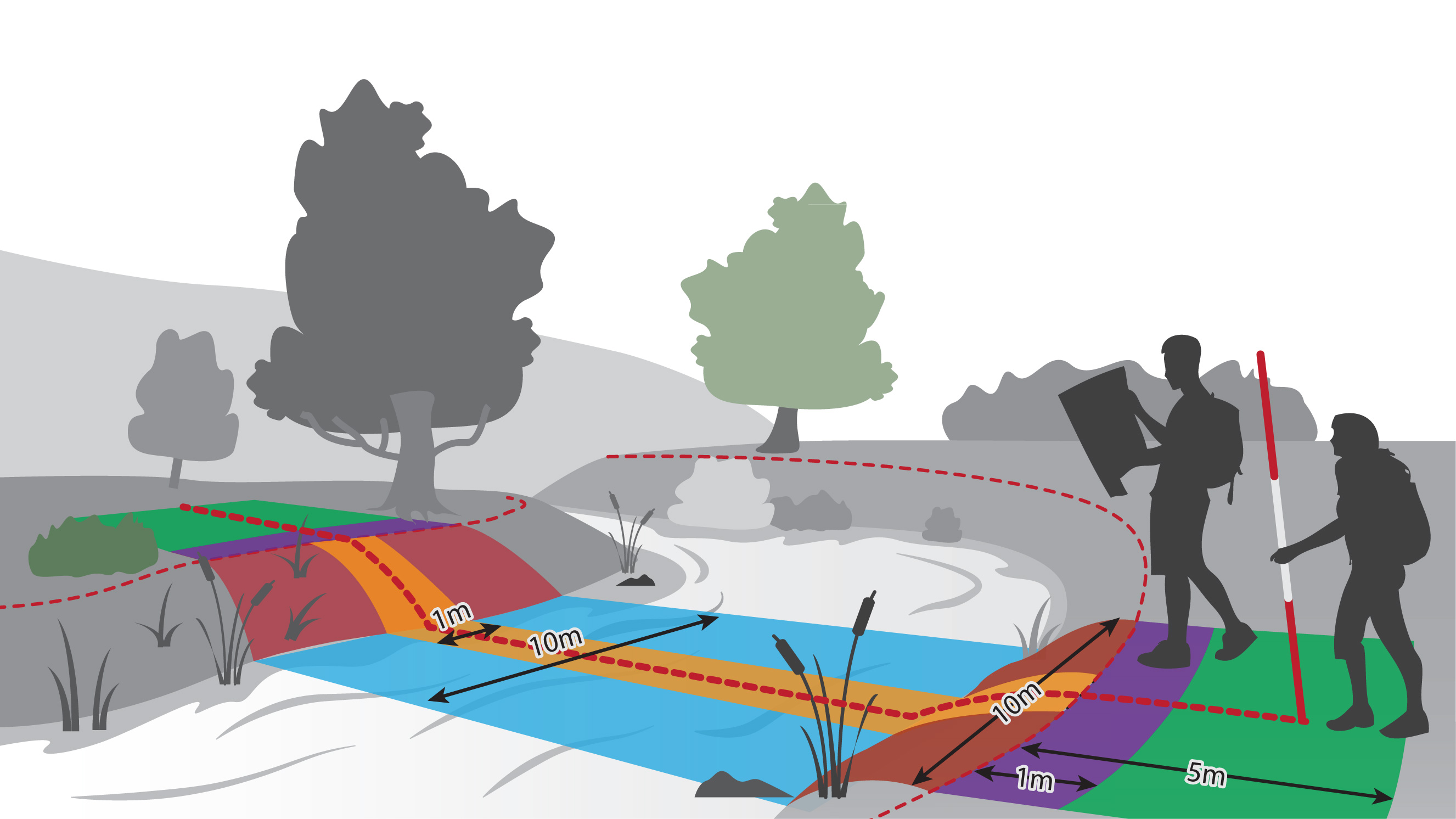
The category recorded is determined by the complexity of structure produced by different vegetation types. If the vegetation structure cannot be assessed (i.e. when surveying from the bottom of a gorge), record ‘NV’ for not visible. On wide rivers, binoculars can assist with defining vegetation structure on the far bank.
Since this exercise is a rapid overview, only the predominant structure is to be assessed. Use your initial assessment - time must not be wasted searching for relatively inconspicuous types of vegetation. Boxes are emboldened, so only a single entry per box is permissible.
Vegetation structure is based on four categories. Component elements represent vegetation types that contribute to vertical layering on the bank. The figure below gives a diagrammatic representation, and the categories of vegetation types are listed below.
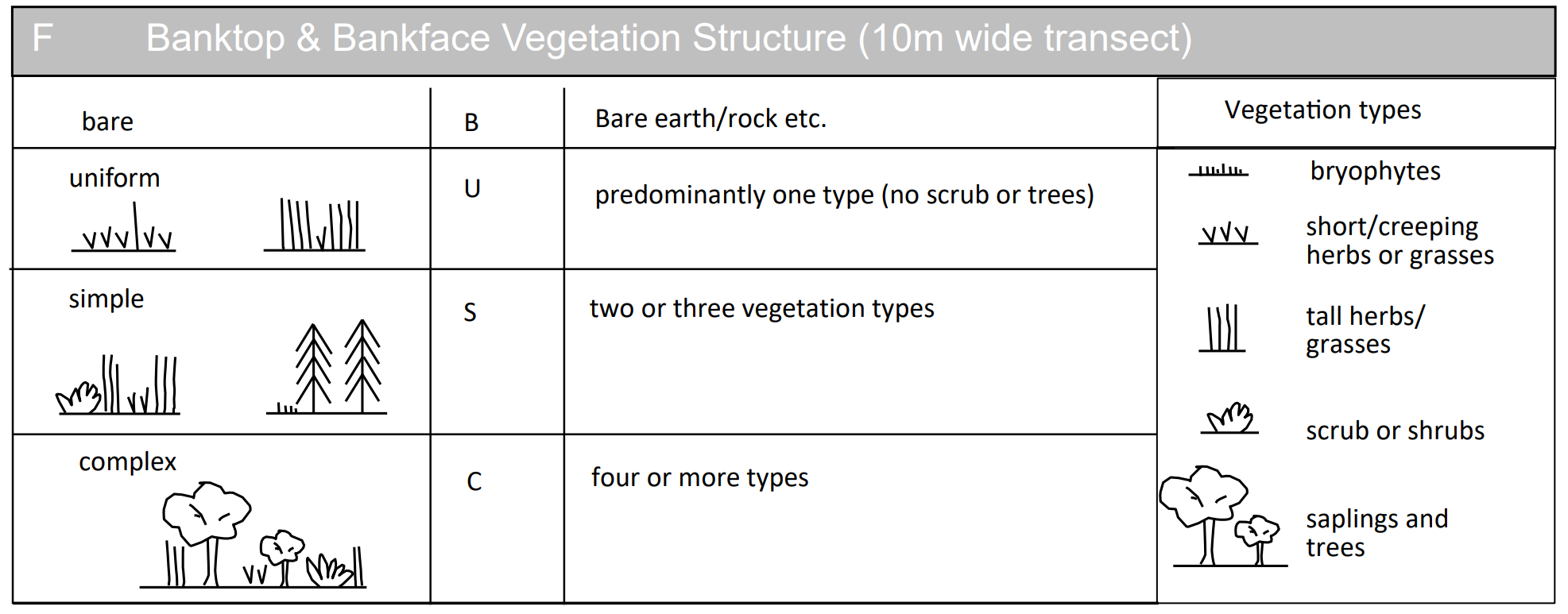
Bryophytes - Mosses and liverworts.
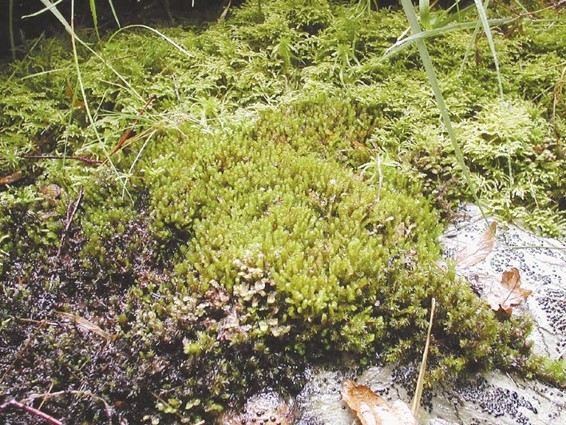
Example of Moss
Short/creeping herbs or grasses - Below knee height (includes ivy).
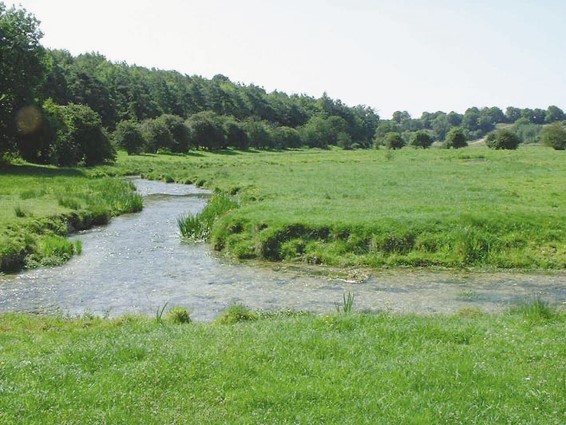
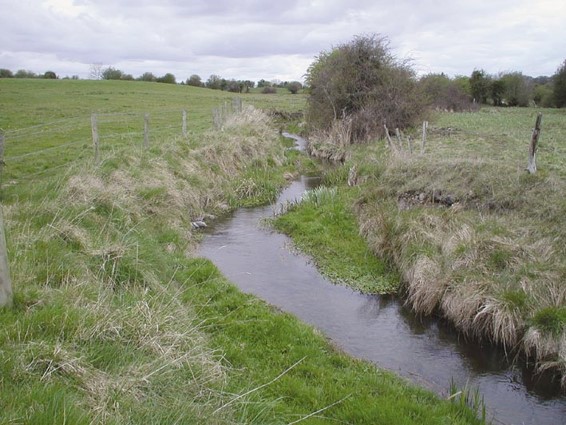
Example of Short/Creeping Herbs or Grasses
Tall herbs or grasses - Knee height, and taller; includes bracken and other ferns.
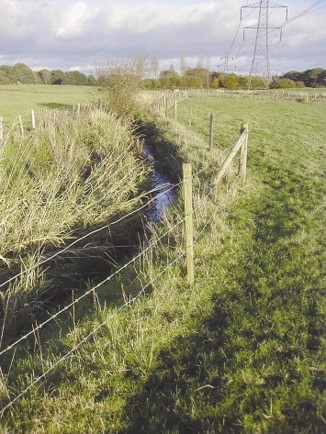
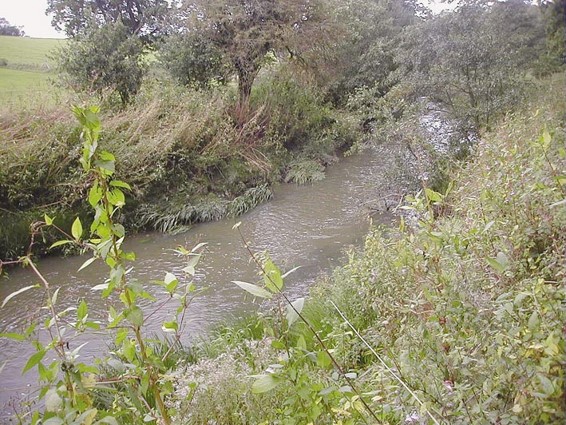
Example of Tall Herbs and Grasses
Scrub or shrubs - Brambles, woody (and multi-stemmed) shrubs, thickets.

Example of Scrub or Shrubs
Saplings and trees - Mature trees and single-stemmed young trees (cf. bushy nature of shrubs)
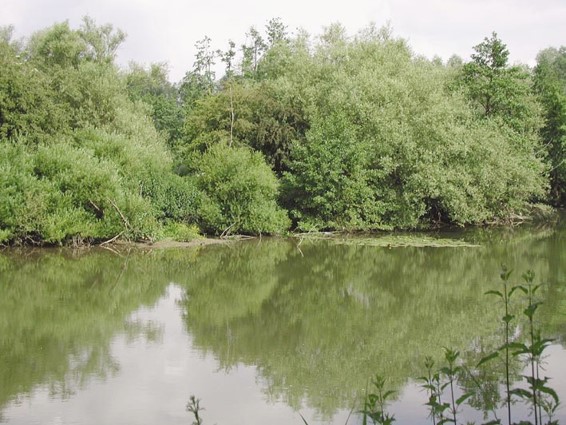
Example of Saplings or Trees
Bare (B)
Predominantly bare earth or unvegetated artificial bank material (e.g. concrete, sheet piling, gabion). Vegetation cover <50% over the 10m bank-length.
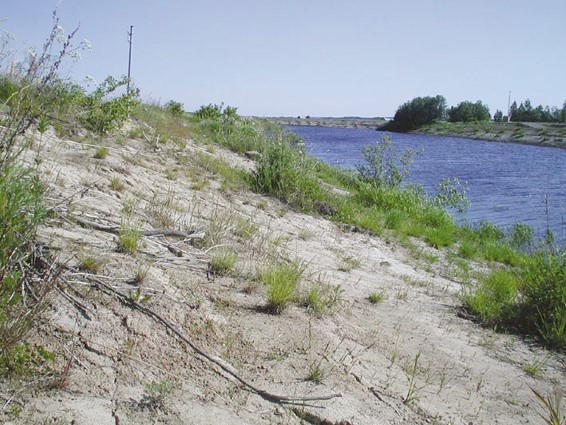
Example of Bare Earth
Uniform (U)
Predominantly one vegetation type (e.g. grass, nettles, heather), but lacking scrub or trees.
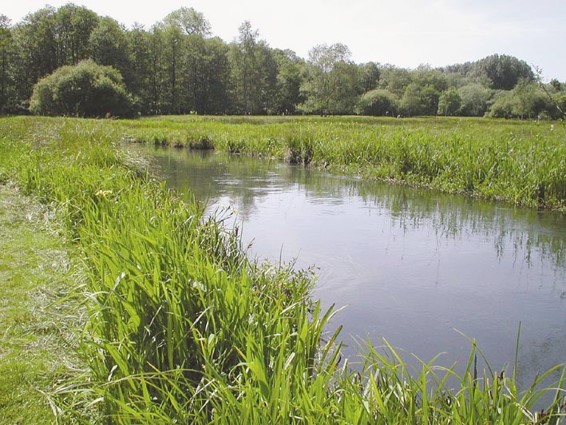
Example of Uniform Vegetation
Simple (S)
Predominantly 2-3 vegetation types, often with scrub, and may include trees. Trees with sparse herb understorey (e.g. coniferous forest extending to the riverbank) to be included in this category.
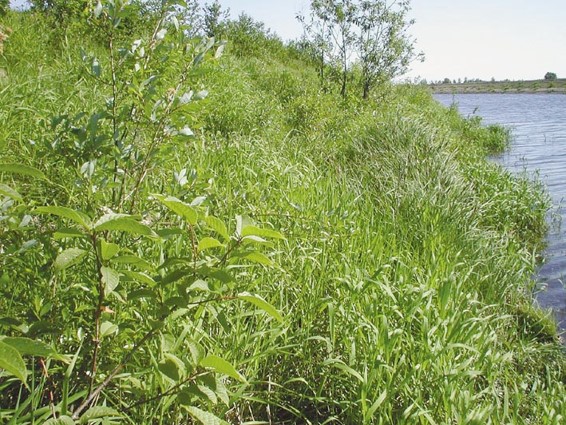
Example of Simple Vegetation
Complex (C)
Four or more vegetation types, and scrub and/or trees must be present.
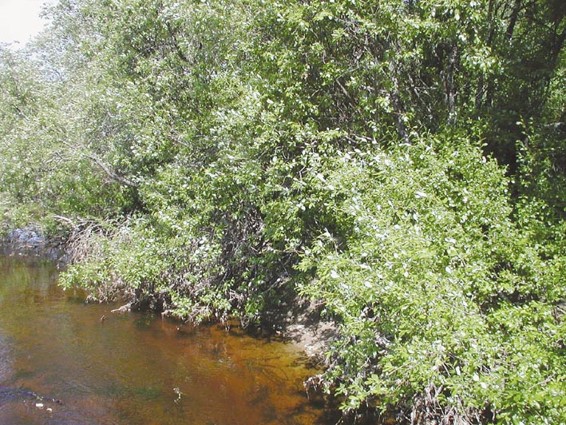
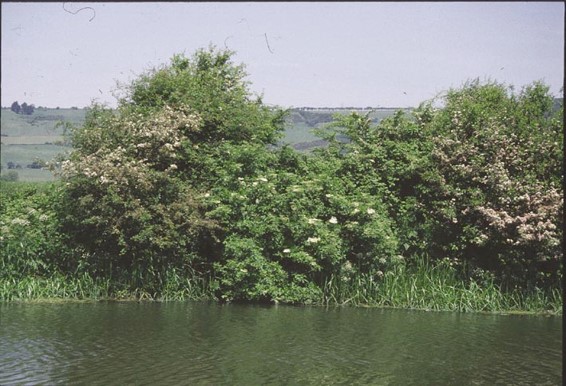
Example of Complex Vegetation
Not visible (NV)
To be used only where the bank is genuinely obscured.